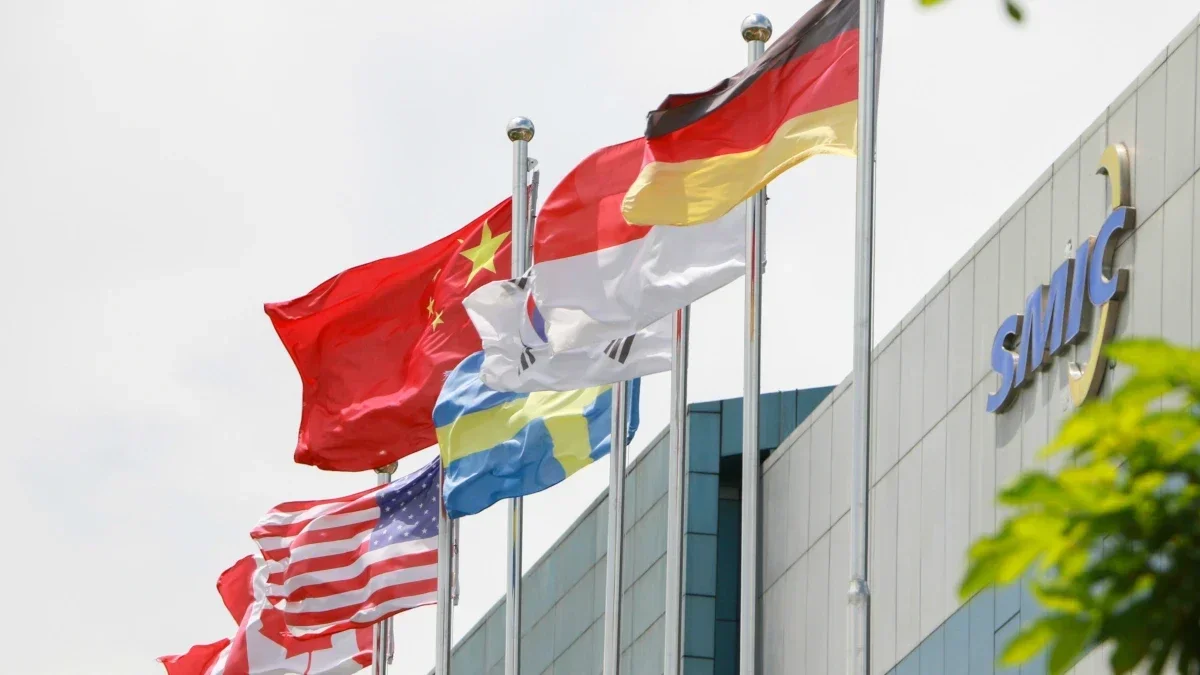The Huawei Mate 60 Pro is powered by the 7nm Kirin 9000s SoC
To make this as simple as possible, lower process node numbers (for example, 3nm compared to 5nm) means that the transistors that a chip is equipped with are smaller. Smaller transistors mean more of them can fit inside a chip and that is the big deal; the higher a chip’s transistor count, the more powerful and or energy-efficient that chip is. We could see mass production of 2nm chips in the second half of 2025 from Samsung Foundry and TSMC while Intel’s 18A chips will use a 1.8nm process node. Come late 2027, we could see Samsung Foundry, TSMC, and Intel building chips using a 1.4nm node.

